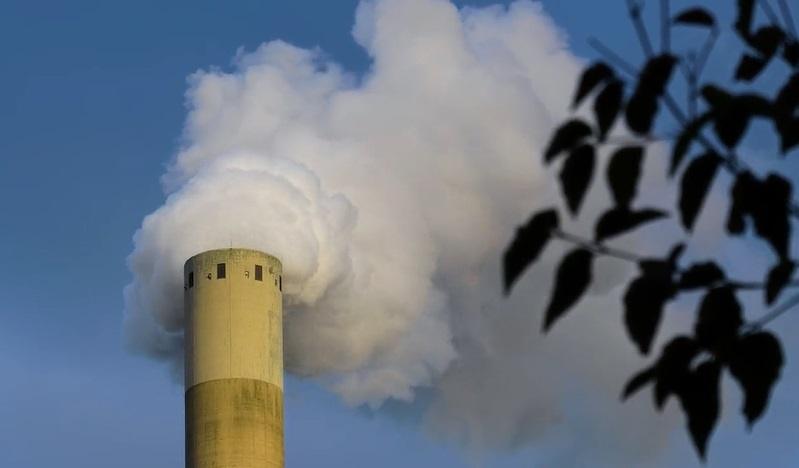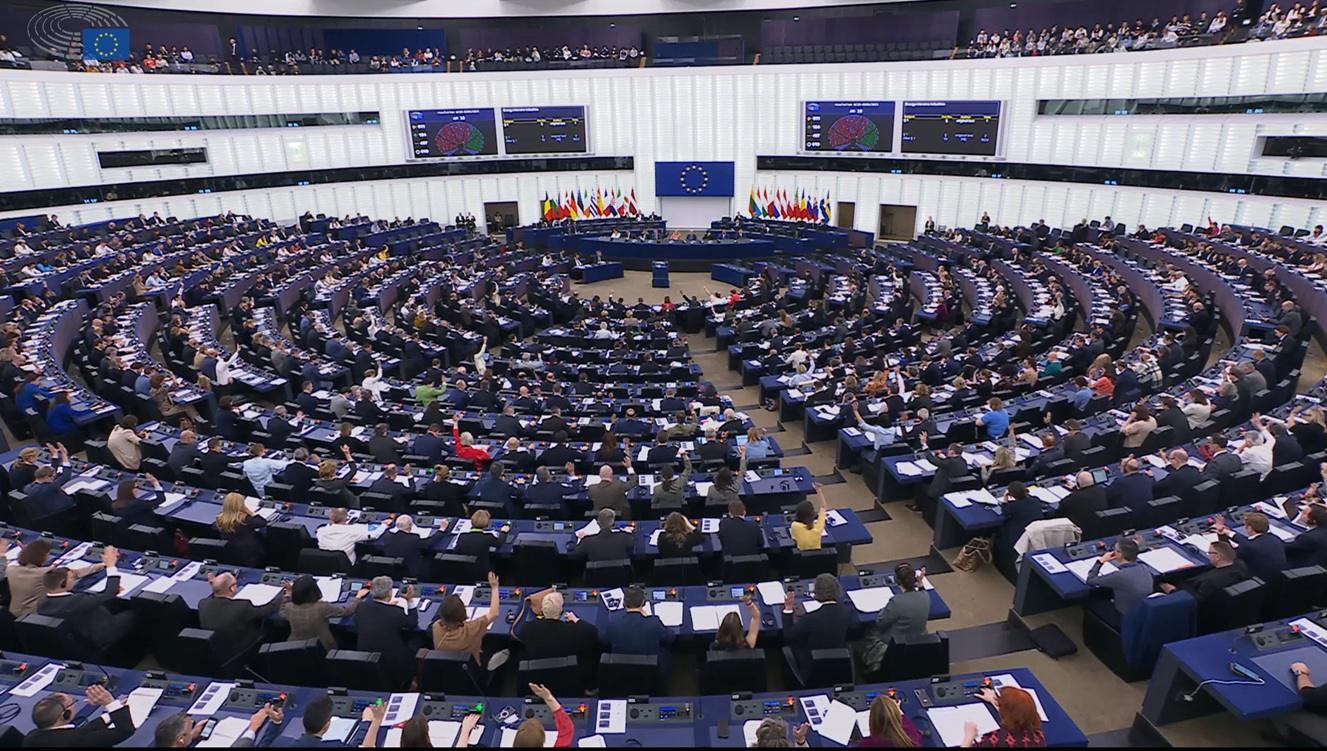EU Cuts Emissions in Key Carbon Intensive Sectors in Half Since 2005
Greenhouse gas (GHG) emissions in carbon-intensive sectors covered by the EU’s Emissions Trading System fell by 5% year-over-year in 2024, reaching approximately a 50% reduction since the ETS was established in 2005, according to a new report released by the European Commission.
Established in 2005, the ETS puts a price on carbon emissions for key GHG intensive sectors, including electricity and heat generation, oil refineries, steel, cement, paper, chemicals, and commercial aviation, among others. In 2023, EU lawmakers agreed to increase the EU ETS’ scope, raising the direct emissions reductions required by covered sectors, and expanding the system to new sectors. The EU ETS is expected to generate revenues of approximately €40 billion from 2020-2030.
With the 2024 data in place, the Commission said that ETS emissions are on track to achieve its 2030 target of a 62% reduction.
The Commission stated:
“The observed trend confirms the effectiveness and efficiency of the EU’s cap and trade system as an important policy instrument for the decarbonisation of the European economy.”
By industry, the report found that the power sector was the biggest contributor to the emissions decline, with emissions from electricity production falling by 12% in 2024. The reduction in power sector emissions was driven by a significant shift in the EU energy mix, with electricity production from renewables and nuclear increasing by 8% and 5%, respectively, and fell by 8% from gas and 15% from coal.
Within renewables, electricity production from solar increased by 19% in 2024, while hydropower increased as well, and wind power remained steady as weather conditions were less favorable in certain periods of the year.
While emissions fell overall, results by sector were mixed according to the report, with fertilizer sector emissions increasing by 7% in 2024, and cement sector emissions declining 5%, with each sector’s results roughly reflecting changes in production volumes. Aviation emissions also increased 15% in the year, although the growth was partly due to the broadening geographic coverage of the EU ETS to include non-domestic flights.
Click here to access the report.





